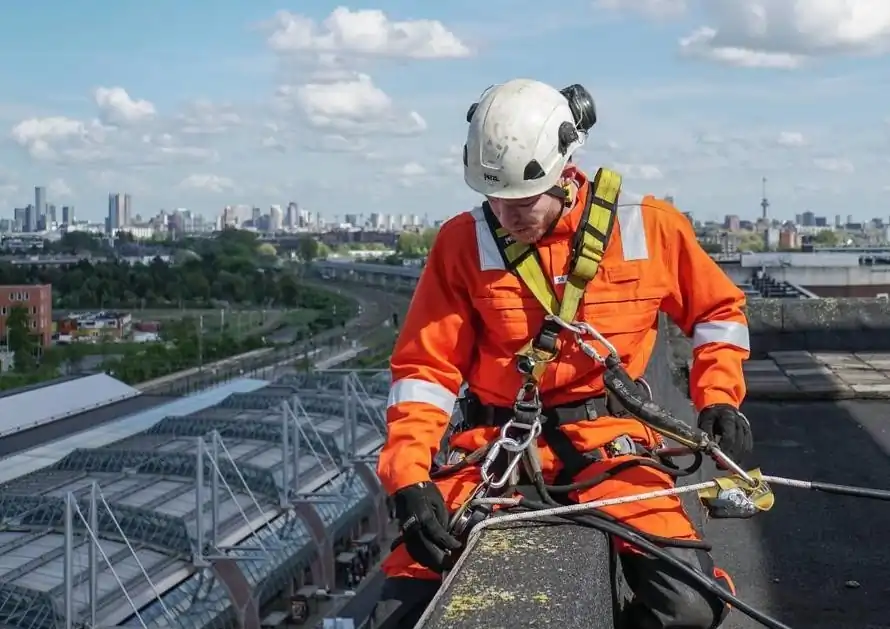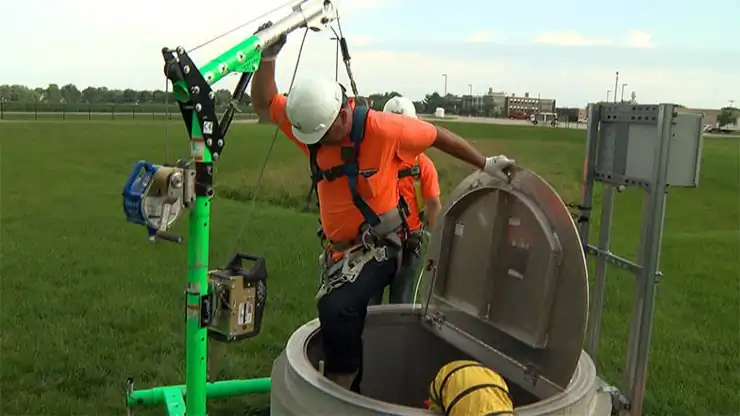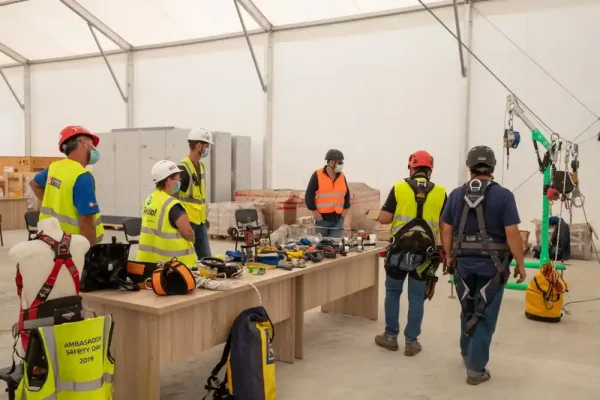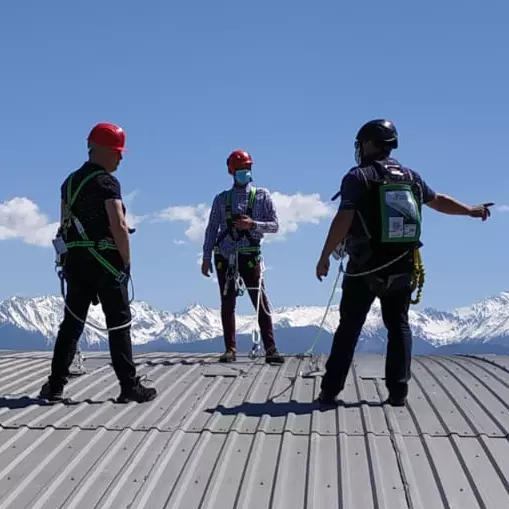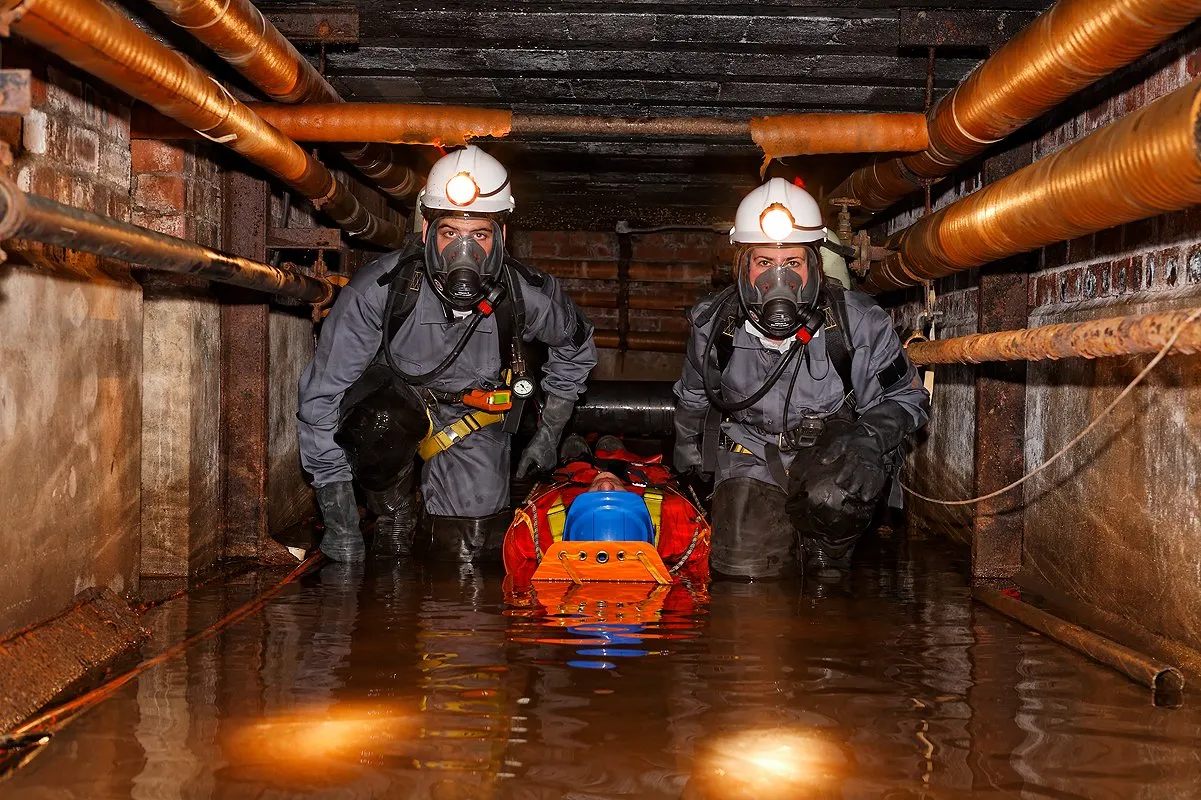- Despre Noi
- Consultanta Safety
- Promotie Cursuri FlexiTraining
- Centru de TrainingProgrameaza Solicita Curs personalizat
- HS0 Curs de Baza Lucru la Inaltime
- HS1 Curs Lucru la Inaltime si Salvare
- HS2 Curs Alpinism Industrial
- HS3 Curs Spatii Inchise
- HS4 Curs Inspector Naval
- HS5 Curs Lucru la Inaltime pe Acoperis Inclinat
- HS7 Curs Persoana autorizata LOTO
- HS8 Curs Implementator LOTO
- HS9 Curs Supervisor Lucru la inaltime
- HS11 Curs Acces si Salvare de pe Scara Mobila
 Certificat "Fall Arrest and Basic Rescue Technician (International)"
Certificat "Fall Arrest and Basic Rescue Technician (International)" Certificat "Rope Rigging (International) – Loads up to 100kg"
Certificat "Rope Rigging (International) – Loads up to 100kg" Certificat "Climbing Equipment Inspection and Management"
Certificat "Climbing Equipment Inspection and Management" HS15 Curs Lucru la inaltime Telecom – Standard Vodafone
HS15 Curs Lucru la inaltime Telecom – Standard Vodafone - HS12 Lucru in siguranta pe schele
- HS17 Curs Instalare si utilizare CABLOC
- HS18 Curs Inspectie si Mentenanta CABLOC
- HS19 Curs Inspector EIP Lucru la Inaltime
- HSW1 Workshop la sediul dumneavoastra cu Lucru la inaltime, Lockout-Tagout
- Sisteme Anticadere
Cele mai vandute
- Echipamente Lucru la Inaltime
- Catalog Interactiv
- Kit-uri complete pentru Lucru la Inaltime
- Casca de protectie
- Centuri Complexe - Hamuri
- Sisteme Auto-Retractabile
- Opritoare de cadere
- Carabiniere
- Puncte de ancorare
- Sisteme de Salvare si Scripeti
- Sistem Linia Vietii Vertical
- Sistem Linia Vietii Temporar
- Sistem Davit Arm
- Winch – Troliu de lucru si salvare
- Trepied Lucru si Salvare
- Scari si platforme
Asistenta Tehnica Contact - Lockout Tagout
- STIRI
- Contact

